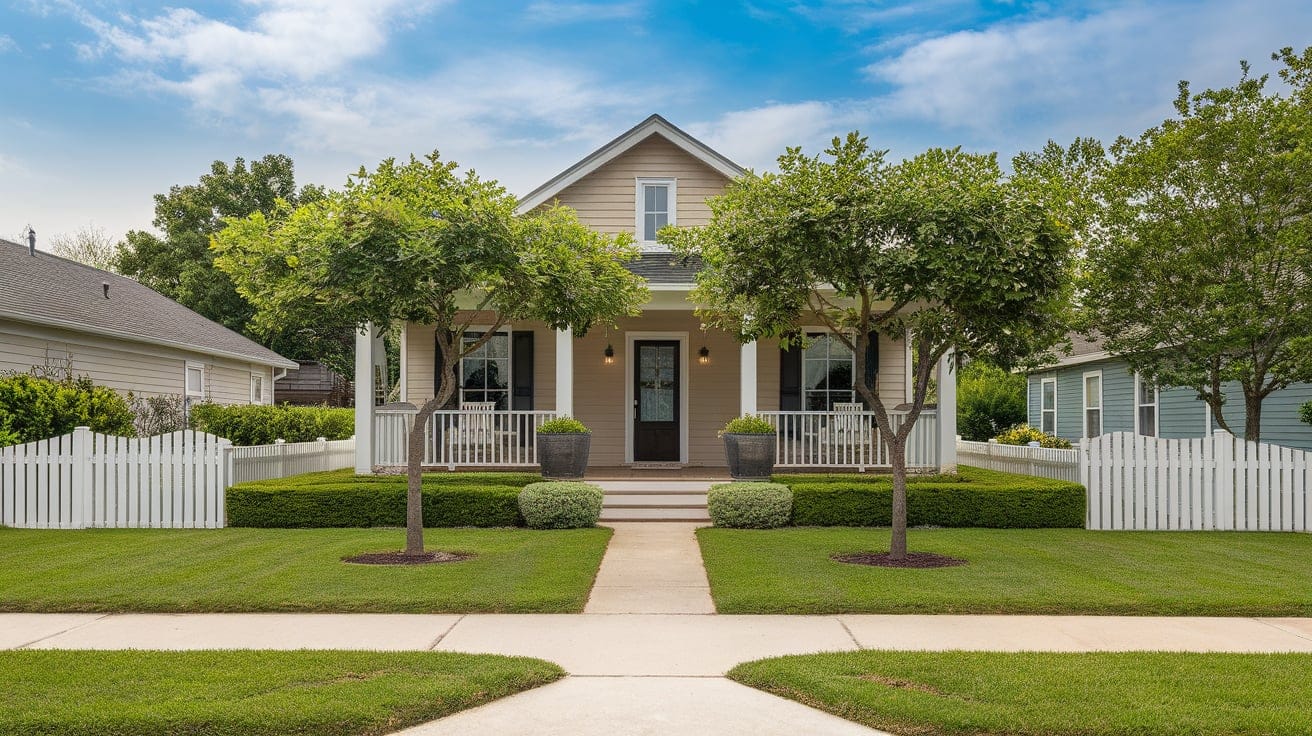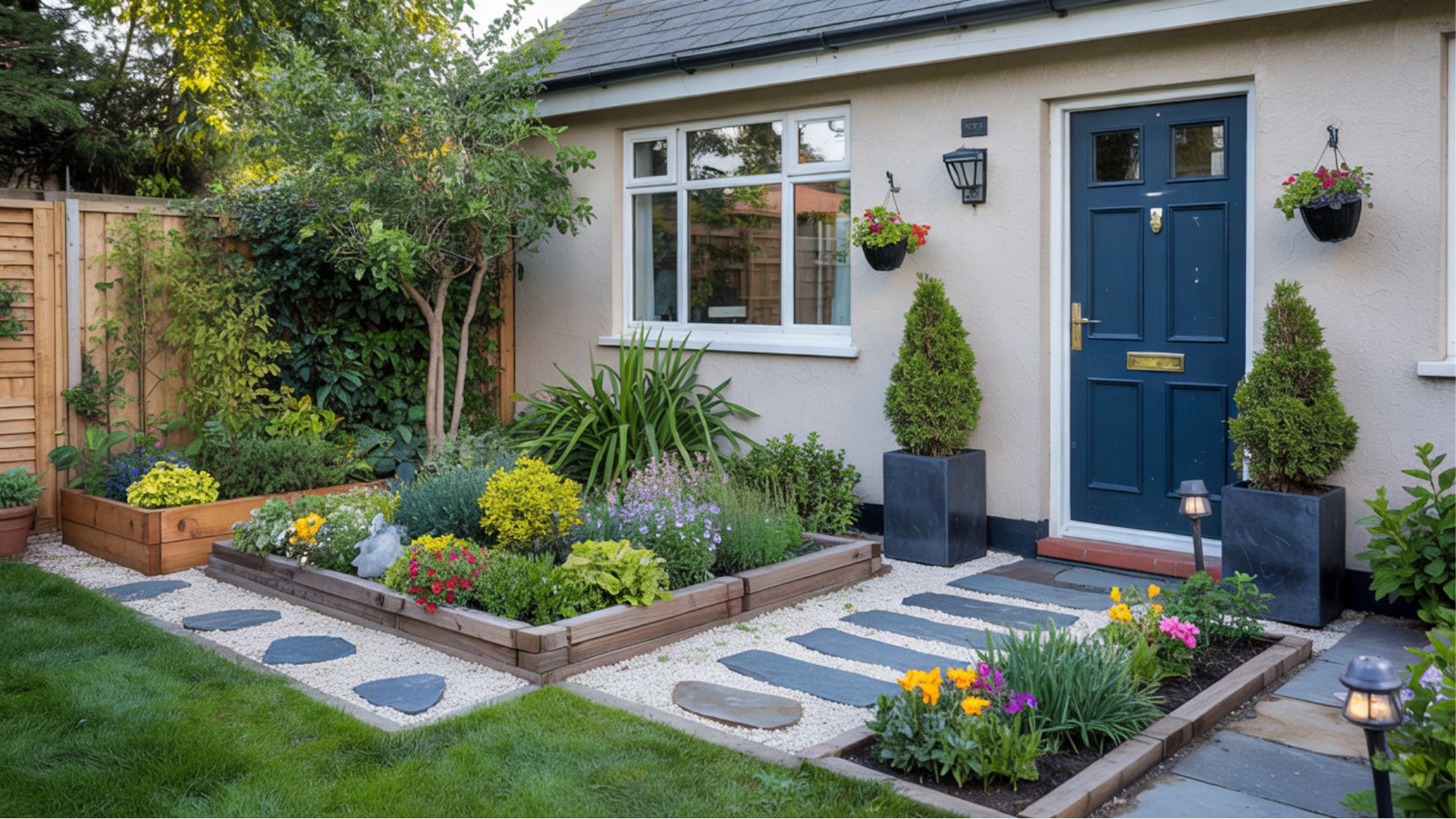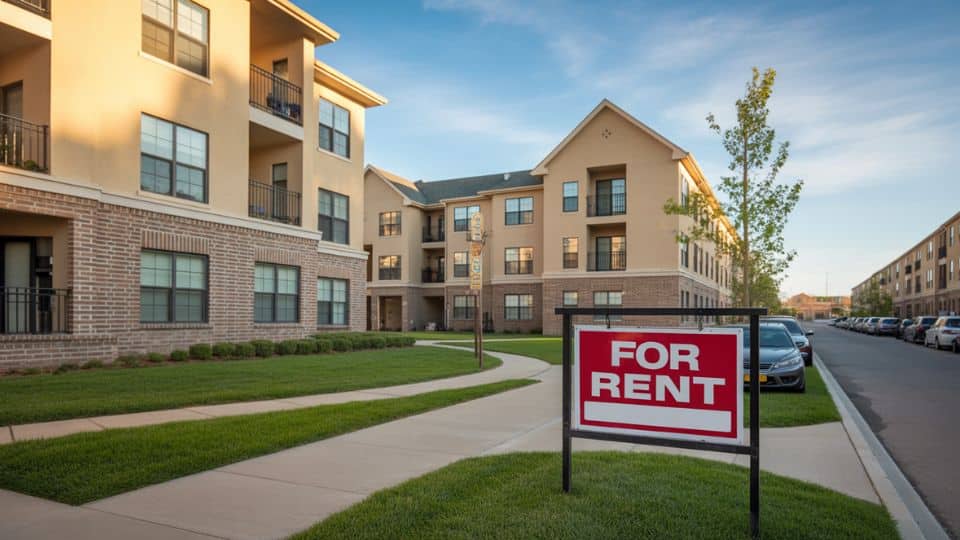You just bought your dream home. The keys are in your hand. But wait – there’s another bill coming every year that most homeowners never expect.
Ground rent might sound like something from medieval times, yet millions of property owners pay it today without fully understanding this cost.
Ground rent is a recurring payment made by a leaseholder to a freeholder for the right to occupy land on which a property is built.
Understanding ground rent in leasehold property agreements can help protect your wallet and inform smarter property decisions.
In this guide, we’ll explain exactly what ground rent means and how it works. You’ll learn who is responsible for making payments and what happens if you don’t make the payment on time.
We’ll also cover how ground rent affects property values and your rights as a leaseholder. By the end, you’ll have everything you need to handle ground rent confidently.
What is Ground Rent?
Ground rent is an annual payment made by leaseholders to freeholders for the right to occupy the land beneath their property. It’s a fee that acknowledges the freeholder’s ownership of the land while you own the building above it.
This concept exists because of how leasehold properties work. In leasehold ownership, you buy the right to live in a property for a specific period, usually 99 to 999 years. You own the building but not the land it sits on. The freeholder retains ownership of the land and charges ground rent for your use of it.
Think of ground rent as rent for the plot of land, even though you own the house sitting on top of it.
Key Characteristics:
- Typically ranges from £10 to £500 annually
- Amount stays fixed or increases according to lease terms
- Covers land use only, not maintenance or property services
- Separate from service charges for repairs and building upkeep
How Ground Rent Works?
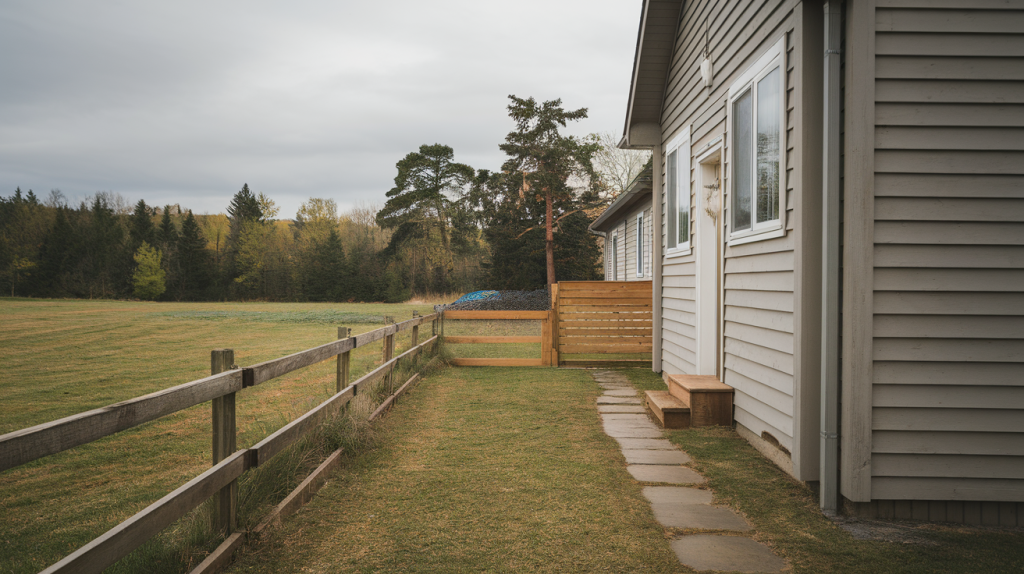
Ground rent operates through a formal system outlined in your lease agreement, which specifies exactly how much you’ll pay, when payments are due, and how the freeholder can collect these fees.
Your lease agreement contains all the details about ground rent payments. It states the exact amount you owe each year and explains how this amount might change over time.
Some leases keep ground rent fixed throughout the lease term. The lease also specifies your payment obligations and the freeholder’s rights, which are legally binding once you sign.
Ground rent can be paid in different ways depending on your lease terms:
- Annual payments – Most common method where you pay once per year
- Semi-annual payments – Two payments spread across the year
- Quarterly payments – Four payments throughout the year
- Monthly payments – Less common but some leases require monthly installments
Section 166 Ground Rent Demand
Section 166 notices are formal demands that freeholders must send before collecting ground rent. This legal requirement protects leaseholders from surprise demands.
The notice must include specific information about the amount owed and payment deadlines. You have at least 30 days to pay after receiving this notice. Without a proper Section 166 notice, freeholders cannot take legal action for unpaid ground rent.
Types of Ground Rent
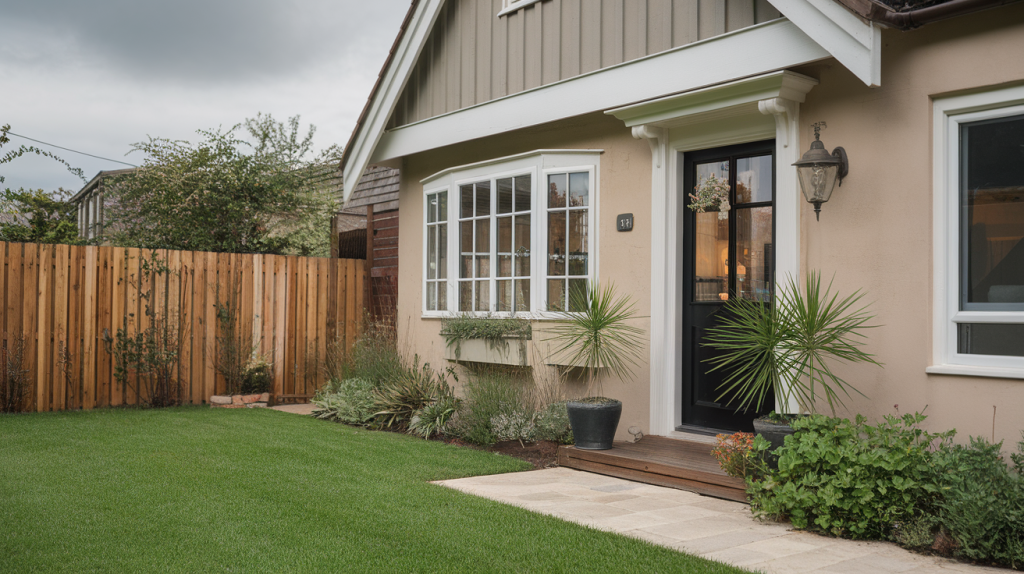
Ground rent comes in different forms with varying payment structures and long-term costs. The type in your lease determines what you’ll pay over the years.
1. Fixed Ground Rent
Fixed ground rent remains the same amount throughout your entire lease term. This type provides complete predictability for your budget planning.
Key features of fixed ground rent include:
- Unchanging payments – Amount stays identical for decades
- Easy budgeting – You know exactly what you’ll pay each year
- Common in older leases – Many traditional agreements use this structure
- No inflation adjustments – Payment value decreases over time due to inflation
Did You Know?
Some Victorian leases still have fixed ground rent of just £5 per year. What seemed like a fair amount in 1890 is now worth less than a coffee due to inflation over 130 years2. Escalating Ground Rent
Escalating ground rent increases at set intervals according to your lease terms. This type can create significant financial pressure over time.
Common escalation patterns include:
- Doubling periods – Rent doubles every 10, 15, or 25 years
- Fixed percentage increases – Set increases like 10% every 5 years
- Rapid growth potential – £200 can become £800 in just 20 years
- Long-term affordability concerns – Payments may become unmanageable
Did You Know?
Ground rent that doubles every 10 years can reach over £25,000 annually after 80 years, starting from just £200. This is why many consider escalating ground rent clauses unfair to leaseholders.
3. RPI-Linked Ground Rent
RPI-linked ground rent ties to the Retail Price Index, creating inflation-based increases. Your payment rises or falls based on official inflation rates.
This system works through:
- Annual adjustments – Changes reflect current inflation rates
- Predictable methodology – Based on government statistics
- Protection against deflation – Usually includes minimum payment floors
- Moderate increases – Typically 2-4% per year
Did You Know?
RPI-linked ground rent was created to balance fairness between freeholders and leaseholders. It ensures rent keeps pace with inflation without creating the extreme increases seen in doubling ground rent clauses.
4. Peppercorn Rent
Peppercorn rent represents a nominal or zero ground rent amount. Modern leases often use this approach to simplify ownership.
Benefits of peppercorn rent include:
- Minimal cost burden – Often £1 per year or less
- Simplified management – Reduces administrative hassle
- Modern standard – New developments frequently adopt this model
- Buyer-friendly terms – Makes properties more attractive to purchasers
Did You Know?
The term “peppercorn rent” comes from medieval times when tenants literally paid landlords with peppercorns instead of money. Pepper was valuable and rare, making it an acceptable form of payment. Today, it means any tiny, symbolic payment that acknowledges a legal relationship.
Ground Rent in Different Regions
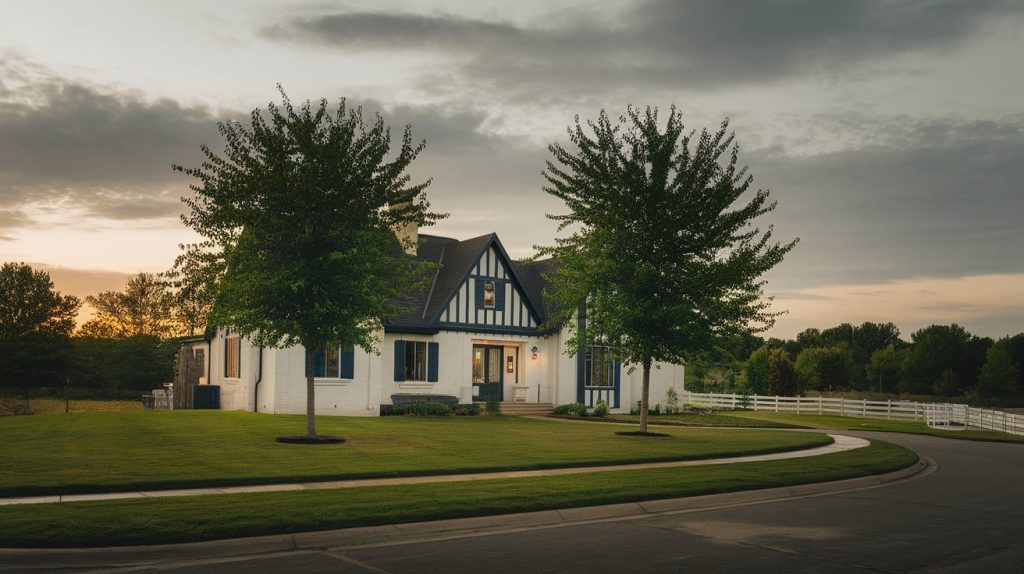
Ground rent practices vary significantly across different countries due to distinct legal systems and property ownership traditions. While some nations have embraced leasehold systems with ground rent, others have moved away from this model entirely.
Understanding these differences helps explain why ground rent remains common in some places but rare in others. Each country’s approach reflects its history, legal framework, and consumer protection policies.
| Country | Ground Rent Practice | Typical Amounts | Legal Framework | Current Trends |
|---|---|---|---|---|
| United Kingdom | Very common in leasehold properties | £10-£500+ annually | Well-established legal system | Moving toward peppercorn rent for new builds |
| United States | Rare, mostly in specific states | $100-$1,000+ annually | Varies by state | Generally declining use |
| Netherlands | Historically common, now limited | €100-€2,000+ annually | Ground lease system (erfpacht) | Phasing out in many areas |
| Australia | Limited to specific developments | AUD $200-$800 annually | State-based regulation | Mostly in retirement villages |
| Germany | Uncommon in residential | €50-€500 annually | Heritable building rights | Mainly commercial properties |
The table shows how ground rent applications differ widely between countries. The UK maintains the most active ground rent system, while many other nations have reduced or eliminated these charges.
What Happens if You Don’t Pay Ground Rent
Missing ground rent payments can quickly spiral from a simple late fee into serious legal trouble that threatens your home ownership. Understanding the timeline and consequences helps you act fast to protect your property rights.
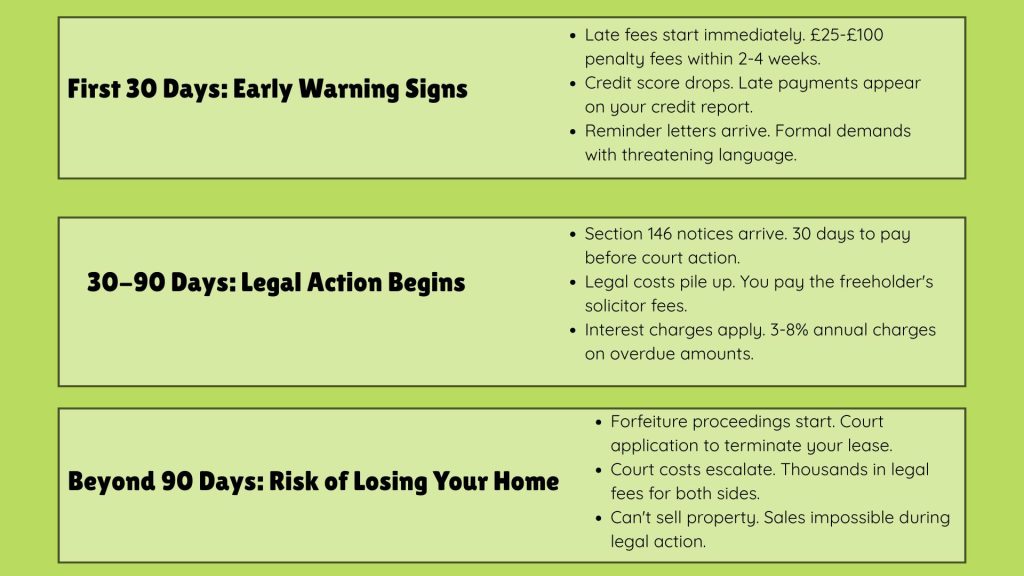
If you’ve missed payments:
- Contact your freeholder immediately to explain your situation
- Calculate total amount owed including all fees and charges
- Arrange immediate payment or ask for a realistic payment plan
- Get any agreement in writing with clear terms and dates
- Consider getting legal advice if the amount is substantial
To prevent future problems:
- Set up automatic payments from your bank account
- Mark due dates in your phone calendar with advance reminders
- Budget for ground rent increases every few years
- Keep your freeholder’s contact details updated
- Read your lease carefully to understand payment terms
Conclusion
Ground rent might seem like a small detail, but it can have big impacts on your property ownership experience. From fixed payments that stay the same for decades to escalating rents that double every few years, understanding your specific ground rent type protects you from financial surprises.
Remember, ground rent is simply payment for using the land beneath your home. It doesn’t cover maintenance or services – that’s separate. Whether you’re paying £50 annually or facing RPI-linked increases, knowing your obligations helps you budget effectively.
Before buying any leasehold property, carefully review the ground rent clauses in your lease agreement. Look for escalation terms, payment frequencies, and total costs over time. If the legal language seems confusing, don’t hesitate to seek professional advice from a property solicitor.
Smart property decisions start with understanding exactly what you’re paying for and why.
Frequently Asked Questions
What Are the Disadvantages of a Ground Lease?
Ground leases create ongoing costs, reduce property control, limit modifications, cause resale difficulties, and risk lease expiry making your property worthless.
Who Pays the Ground Rent?
The leaseholder pays ground rent to the freeholder. This is the person who owns the leasehold property, not the landlord who owns the land.
How to Avoid Ground Rent?
Buy freehold properties instead of leasehold ones. Choose new builds with peppercorn rent. Consider buying your freehold from the current freeholder if possible.
